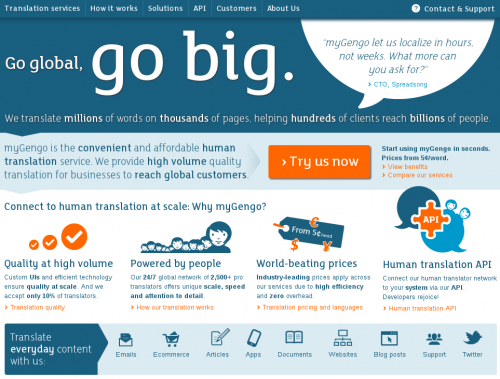If you are not an astronaut or some other kind of space geek, chances are you have no idea what’s the difference between meteor, meteorite and meteoroid. If you are anything like, you probably use meteor and meteorite interchangeably. Apparently, there is quite a specific difference. Here is an easy to understand description from the Mental Floss:
Say you’re a bit of interplanetary dust or debris trucking through the vacuum of space, minding your own business. You’re not very big. Certainly not big enough to be called an asteroid. In fact, you might just be a speck of dust or even smaller. Congrats! You’re a meteoroid!
But say, for example, a bright blue planet suddenly gets in your way and sucks you in, and before you know it you’re streaking through an atmosphere so fast that you ablate (fancy way to say “vaporize”) and let off a bright streak of light. You are now officially a meteor.
Now, on the other hand, if you started out big enough, then enough of you will emerge from this furnace o’ friction to hit the ground in some farmer’s field, making you a meteorite.

